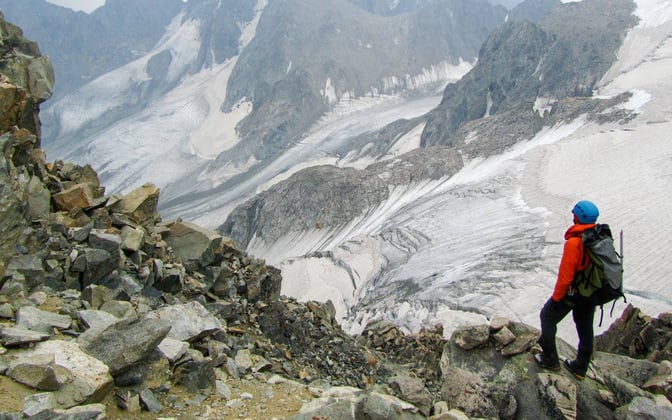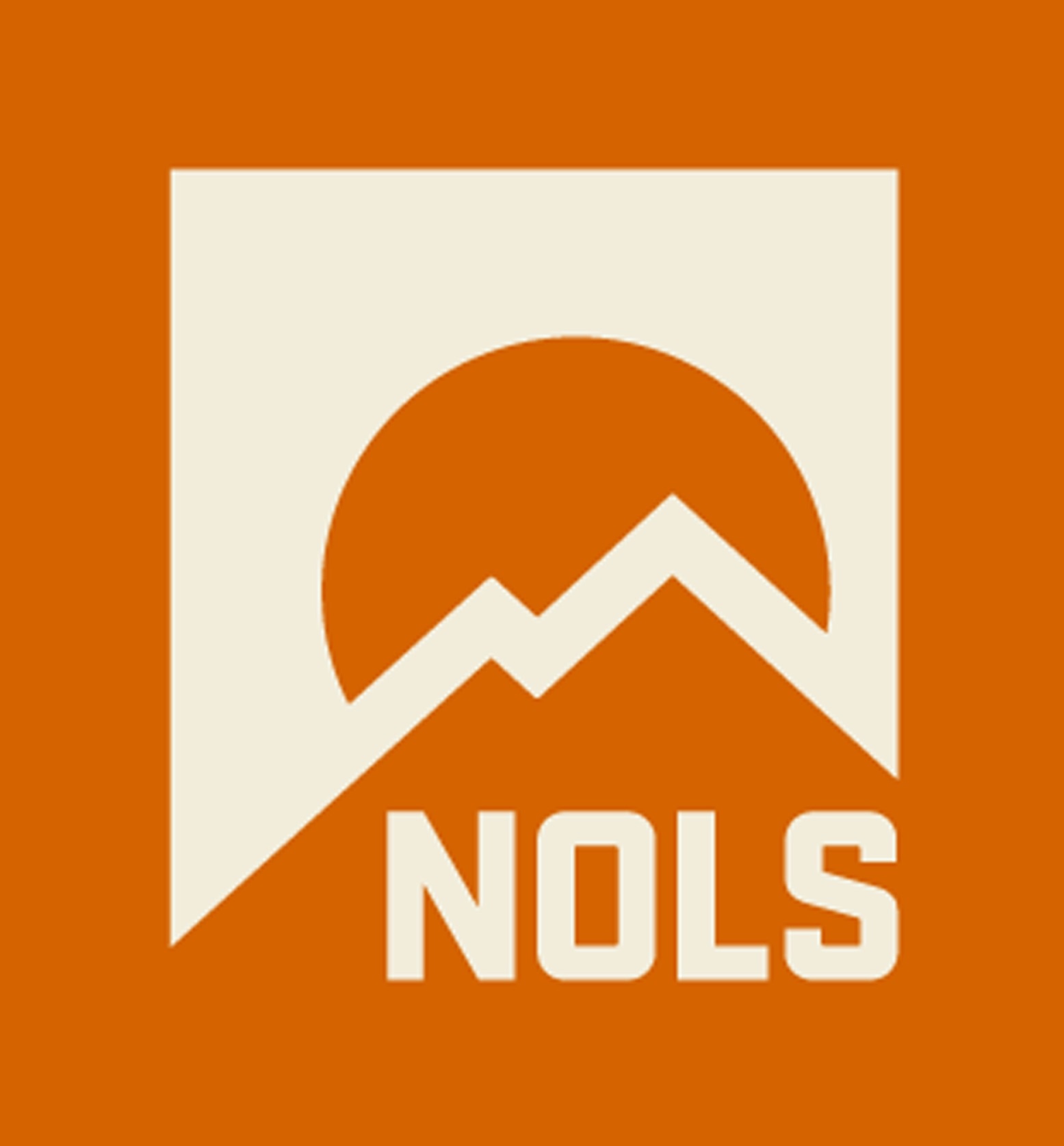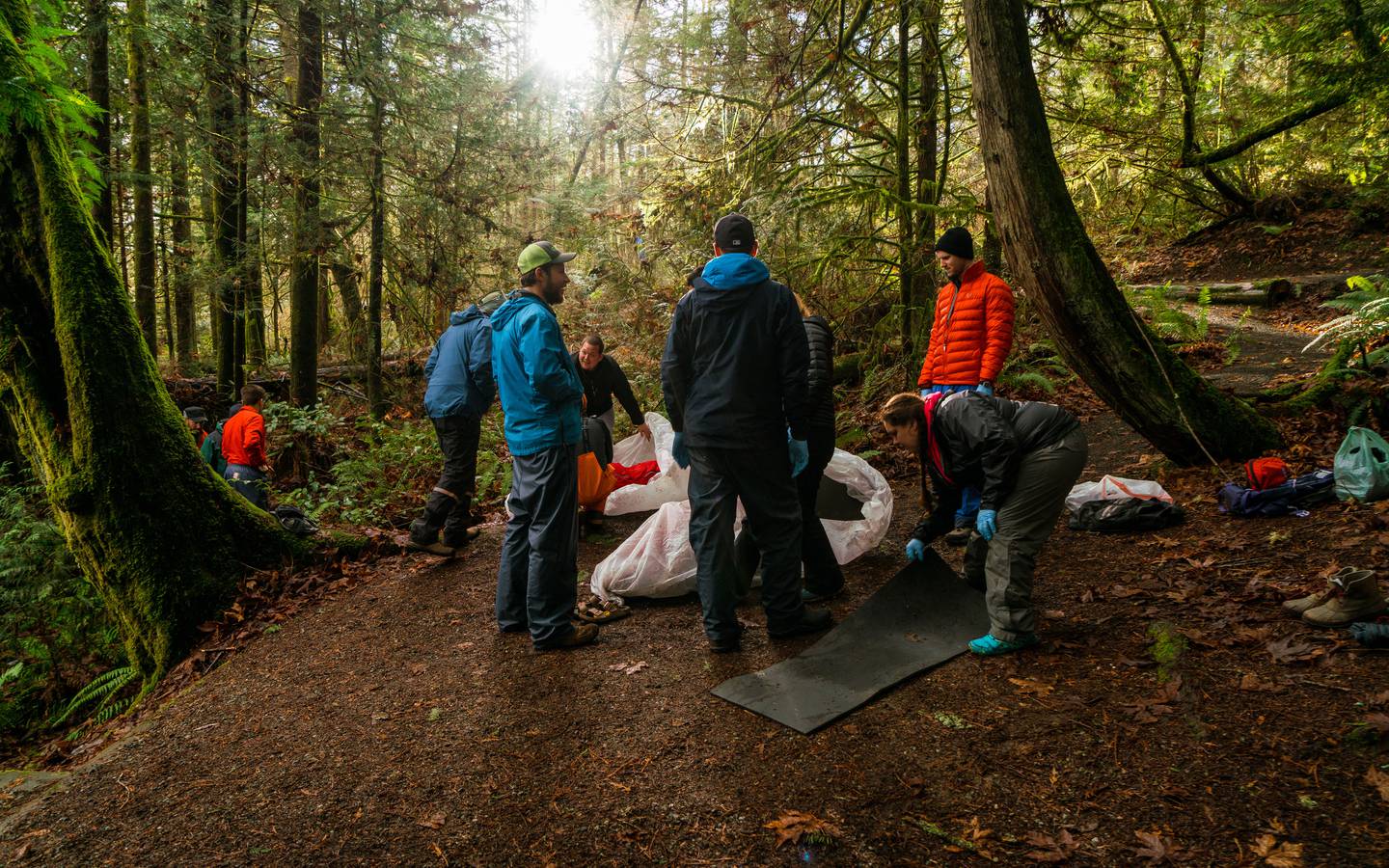Navigating the challenges of high-altitude environments requires more than just physical endurance. It demands a comprehensive understanding of altitude sickness, from its mildest forms to more severe manifestations.
If you are someone who loves to recreate in the mountains, familiarizing yourself with the types of altitude illness, the risk factors that contribute to developing altitude sickness symptoms, and the best methods for preventing and managing these conditions can be extremely helpful.
 Photo by Adam Swisher
Photo by Adam Swisher
What is Altitude Illness?
Altitude illness is a physical reaction to the lower amounts of oxygen available and the decreased barometric pressure at higher altitudes.
As the body struggles to adapt to the decreased oxygen and air pressure, individuals can begin to develop symptoms that range from mild to severe. If the early signs go unaddressed and symptoms worsen, the condition can develop into a more severe form of altitude illness, which can become life-threatening.
The three types of altitude illness that we cover in our curriculum are Acute Mountain Sickness (AMS), High Altitude Cerebral Edema (HACE), and High Altitude Pulmonary Edema (HAPE).
What is Acute Mountain Sickness (AMS)?
Acute Mountain Sickness (AMS) is characterized by a group of signs and symptoms that occur in unacclimatized people after moving from a lower altitude to a higher altitude.
Acute Mountain Sickness Symptoms
The symptoms of acute mountain sickness typically include a headache combined with one or more of the following:
- Nausea and possibly vomiting
- Loss of appetite
- Mild weariness, fatigue, or weakness at rest
- Insomnia or restless sleep
What is High Altitude Cerebral Edema (HACE)?
High altitude cerebral edema is acute mountain sickness with more serious symptoms, such as a loss of coordination or muscle control, known as ataxia, and/or changes in mental status or the level of responsiveness (LOR).
High Altitude Cerebral Edema (HACE) Symptoms
- Ataxia is the best sign that the AMS symptoms are becoming more serious.
- Level of responsiveness becomes disoriented, irritable, and combative, progressing to unresponsive.
- A headache may or may not be present. Generally, the headache at this stage will be present and can be severe, but can be subtle or the patient may deny it.
- Other neurological signs and symptoms may be present such as vision changes, hallucinations, seizures, etc.
What is High Altitude Pulmonary Edema (HAPE)?
HAPE is fluid accumulation in the lungs secondary to altitude exposure. Decreased ability to exercise and persistent cough should raise suspicions for HAPE.
High Altitude Pulmonary Edema (HApE) Symptoms
- Decreased ability to exercise
- Persistent dry cough
- Shortness of breath at rest
- Heart rate (HR) and respiratory rate (RR) elevated at rest
- Skin may be pale or cyanotic
- Wet lung sounds and productive cough (late sign)
Proactive Strategies for Preventing Altitude Illness
 Photo by Pascal Beauvais
Photo by Pascal Beauvais
Taking proactive measures to prevent altitude illness is crucial for those who work or recreate in high altitudes.
The following strategies can help mitigate the risks associated with high-altitude travel, promoting better acclimatization and reducing the likelihood of developing altitude sickness. Make sure to listen to your body and respond to any signs of discomfort promptly, as early intervention can prevent more serious health issues.
Take 2–3 Rest Days for Acclimatization
When ascending quickly to altitudes of 10,000 feet (3,048 meters) or higher, it's beneficial to spend 2 to 3 days engaging in light exercise without further ascent. This period allows your body to adjust to the lower oxygen levels, reducing the risk of altitude illness.
Utilize a Staged Ascent
Above 10,000 feet, limit your sleeping elevation increase to between 1,000 and 1,500 feet (305 to 457 meters) per day. Implementing frequent rest days into your ascent plan can further aid in acclimatization, providing your body additional time to adjust to the elevation changes.
Extra Rest Day for AMS Symptoms
Should symptoms of AMS arise, it's prudent to take an extra rest day at your current elevation to allow for acclimatization. Advancing in altitude without proper adjustment increases the risk of more severe forms of altitude illness.
Climb High, Sleep Low
This principle involves ascending to higher elevations during the day and returning to a lower elevation to sleep. This strategy helps the body acclimate to higher altitudes more effectively.
Maintain Adequate Hydration
Staying properly hydrated is essential at high altitudes, but be cautious not to over-hydrate. Listen to your body and drink when thirsty.
Avoid Alcohol and Sedatives
These substances can impair or depress your respiratory drive.
Consider Acetazolamide (Diamox)
This medication can aid in acclimatization. Consult with a healthcare provider for recommendations tailored to your health profile and trip details.
Monitoring Oxygen Saturation
While pulse oximetry can provide valuable data, it should not be the sole tool for diagnosing altitude illness. Values for oxygen saturation (SpO2) are one piece of the overall assessment, which should include monitoring symptoms and overall health trends over time.
Treatment Principles for Altitude Illness
When it comes to wilderness medicine, prioritizing a proactive, preventative approach is key. This approach involves implementing all possible measures to avert altitude sickness before its onset, alongside rapid intervention to mitigate early symptoms and halt their progression.
The cornerstone of effectively preventing and managing altitude sickness lies in heightened awareness and meticulous preparation.
Nevertheless, should acute mountain sickness or a more severe form of altitude illness occur, having the knowledge, skills, and practical experience that comes with a wilderness medicine certification is crucial.
Here are some key treatment principles included in our curriculum:
How to Treat Acute Mountain Sickness
Don’t Go Up Until Symptoms Go Down. The cornerstone of treating AMS is to halt further ascent at the onset of initial symptoms. This pause allows the body time to acclimate to the current altitude.
If symptoms persist or worsen over 24-48 hours, the affected person should descend to the last altitude where they were symptom-free.
Immediate descent is imperative at the first indication of severe altitude illness, as delaying can lead to life-threatening conditions.
Acclimatization Methods:
- Hydration and Nutrition: Maintain a high intake of fluids and adequate nutrition to support the body's adjustment to the altitude.
- Light Exercise: Engage in mild physical activity to promote oxygen circulation, avoiding strenuous exercise that could exacerbate symptoms.
- Medication: A medicine called acetazolamide (Diamox) can be used to accelerate acclimatization. Consult with a healthcare professional regarding its use and dosage.
- Headache Management: Pain relievers like ibuprofen or acetaminophen can be used for headaches. However, sedatives should be avoided as they can suppress respiratory drive and worsen symptoms.
- Monitoring: Watch for symptoms such as shortness of breath, lack of coordination (ataxia), and changes in mental status, as these may indicate progression to more severe forms of altitude sickness.
Treatment Principles for Severe Altitude Sickness (HACE or HAPE)
- Immediate Descent: The most effective treatment for HACE or HAPE is to descend to a lower altitude as quickly and safely as possible.
- Elevation of the Head: In cases of HACE where the patient is unconscious or unresponsive, elevating the head 6-8 inches (15-20 cm) can help reduce intracranial pressure.
- Oxygen Administration: Providing supplemental oxygen can be particularly beneficial for HAPE by increasing arterial oxygen saturation. However, it is unlikely that people will have supplemental oxygen with them, and this won't fix the problem permanently. The person needs to get to a lower altitude.
- Use of a Portable Hyperbaric Chamber: A portable hyperbaric chamber can mimic a lower altitude and is effective in treating severe altitude sickness in remote locations until descent is possible.
Evacuation Guidelines
- Inability to Acclimatize: Any individual showing an inability to acclimatize, evidenced by persistent symptoms of AMS despite rest and treatment, should be evacuated to a lower altitude.
- Severe Altitude Illness: Rapid evacuation and descent is crucial for anyone exhibiting signs of HACE or HAPE. The condition can deteriorate rapidly, and immediate action is necessary to prevent fatal outcomes.
Prepare for The Ascent with NOLS
Our wilderness medicine courses are designed to equip you with the knowledge, skills, and hands-on experience needed to prevent, de-escalate, and, if necessary, treat high-altitude-related illnesses. Our courses emphasize taking proactive measures to properly acclimatize the body during shifts in air pressure when navigating from lower to higher altitudes and vice versa. Get started today!
Written By
NOLS
NOLS is a nonprofit global wilderness school that seeks to help you step forward boldly as a leader.



